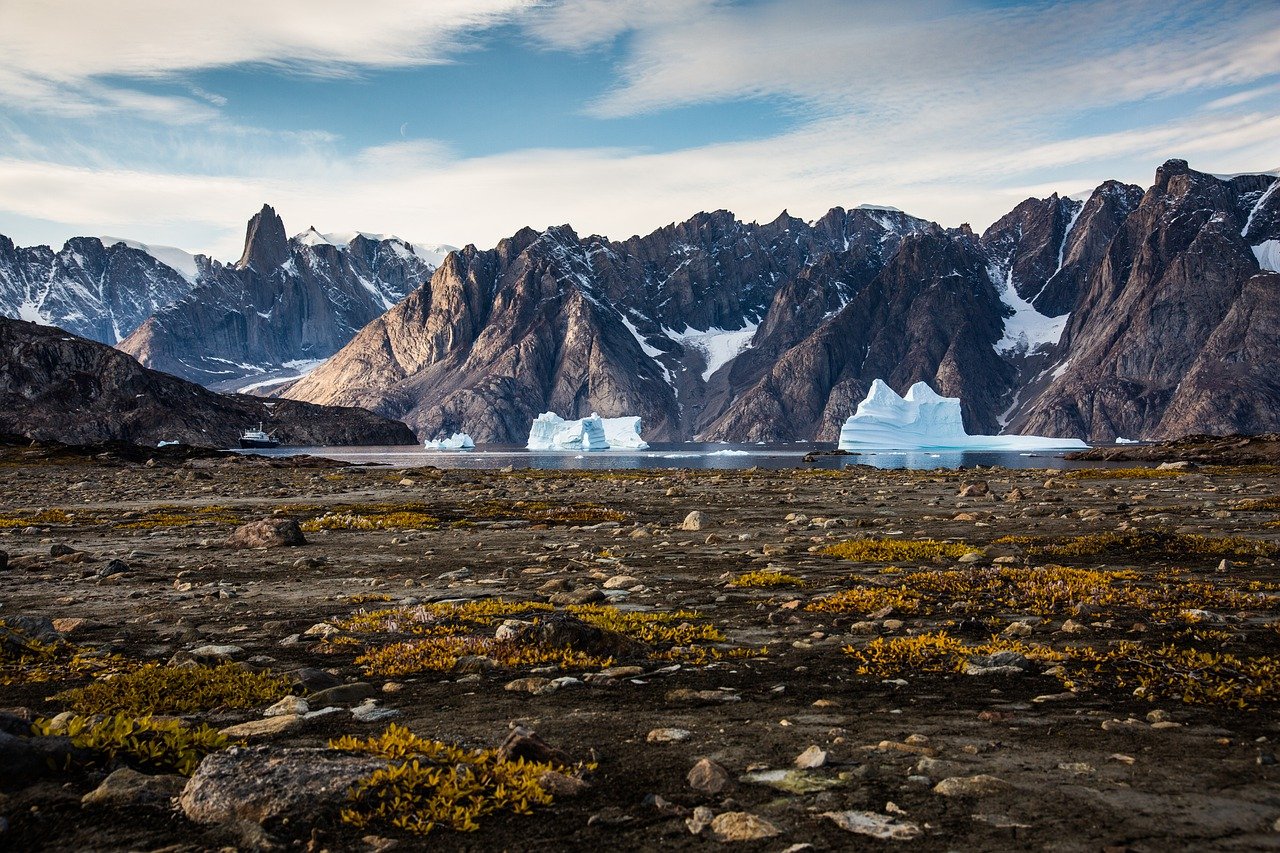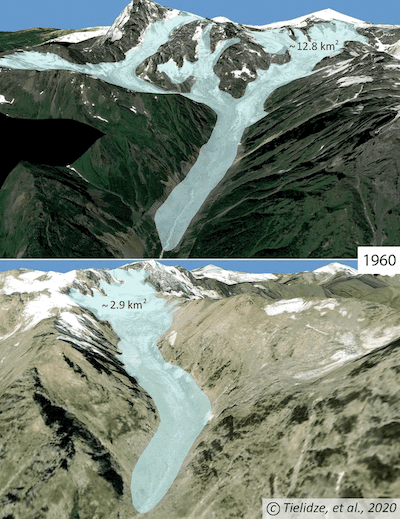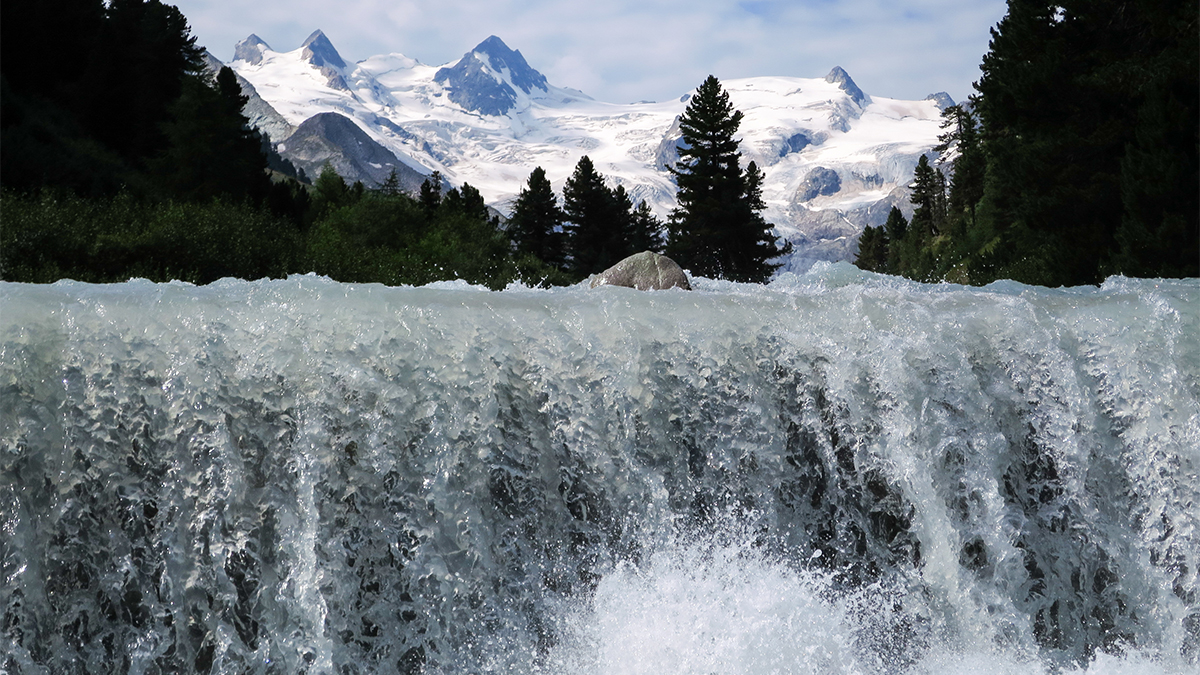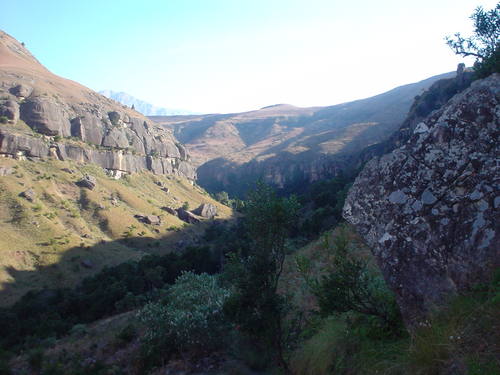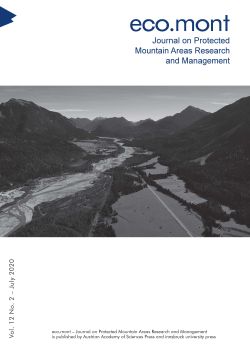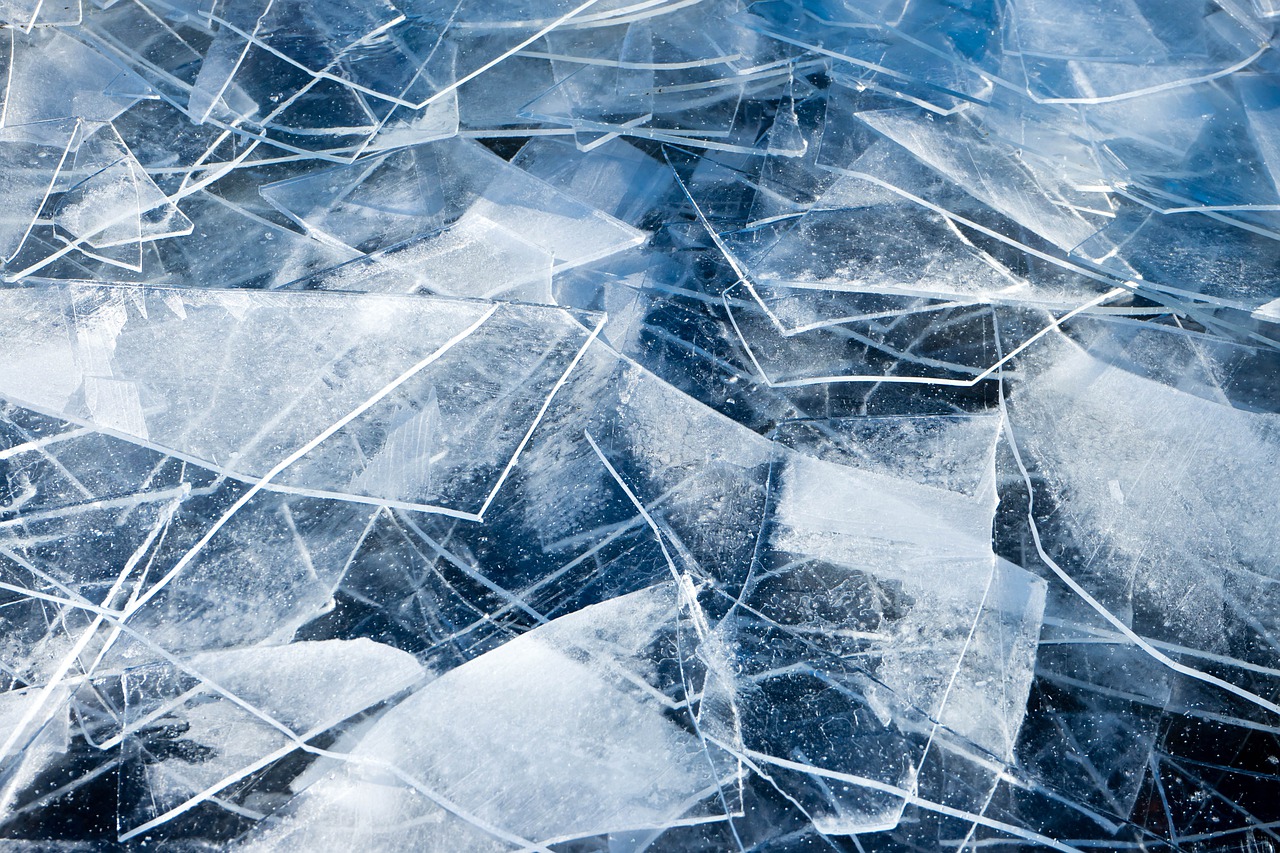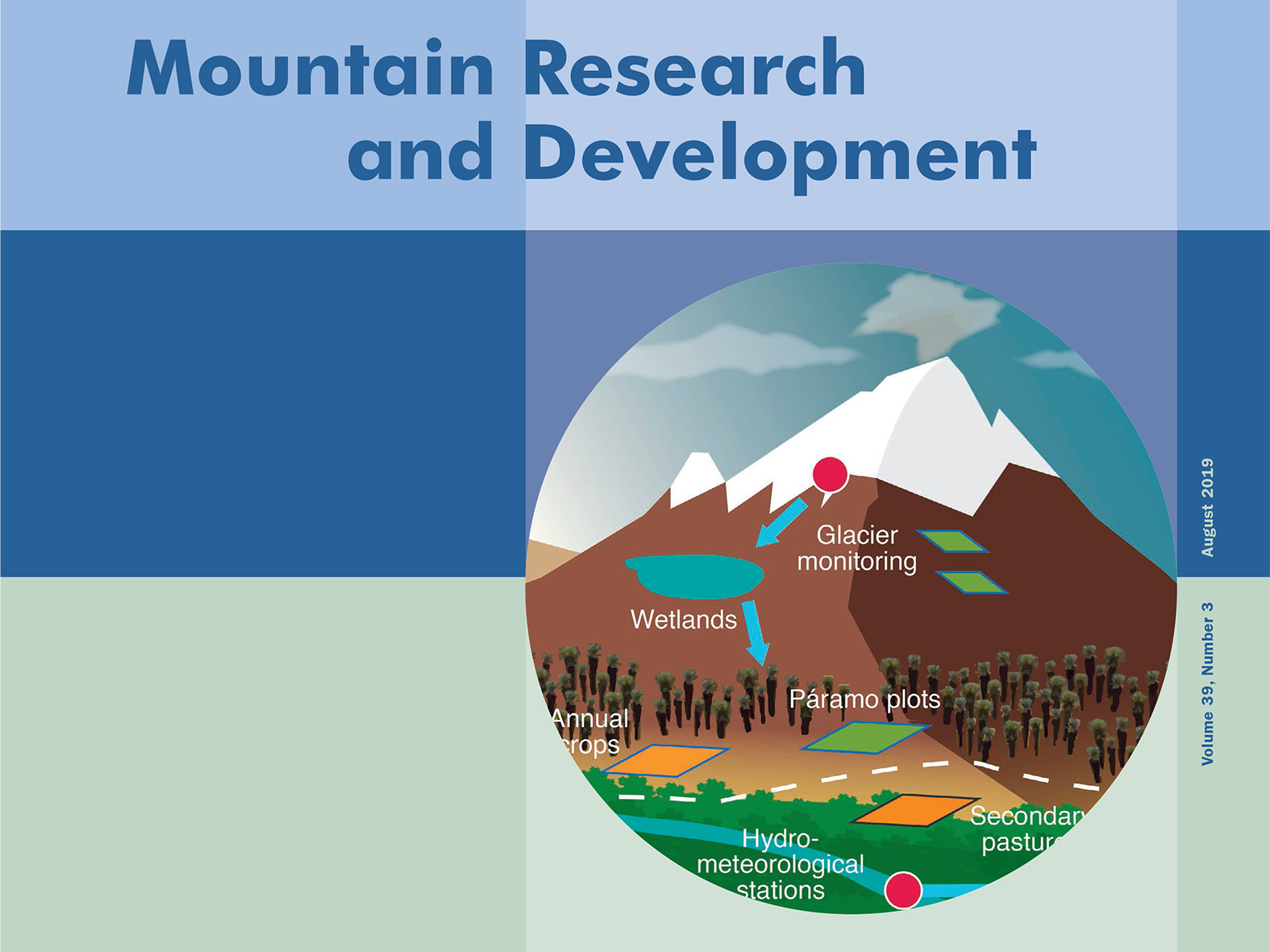New Publication
- Details
- Category: New Publication
A new paper exploring the impacts of vanishing mountain ice on water security projects significant long-term effects over decades, centuries, and even millennia, making serious impacts inevitable now and irreversible for generations to come.
The paper – co-authored by former MRI Co-PI, Professor Wilfred Haeberli, and Professor Rolf Weingartner, previously MRI Chair until his retirement in 2019 – also stresses that sustainable adaptation to the impacts of vanishing mountain ice requires comprehensive systems analyses, including dynamic socio-economic aspects.
- Details
- Category: New Publication
Glacier variations since the Little Ice Age are still poorly studied on the southern slope of the Greater Caucasus. Addressing this, new research studies the behaviour of the Chalaati Glacier from its maximum extent during the Little Ice Age.
For the first time in the history of glaciological studies of the Georgian Caucasus, researchers applied the cosmogenic surface exposure dating technique Beryllium-10 (a radioactive isotope 10Be) in order to study the change of the Chalaati glacier since the Little Ice Age (13th to 19th Century). Surface exposure dating is a collection of geochronological techniques for estimating the length of time that a rock has been exposed at or near the Earth's surface. The age of moraines was also determined by tree-ring analysis (dendrochronology technique).
- Details
- Category: New Publication
The status of individual glaciers is still poorly documented in Georgian Caucasus. A new paper sheds light on individual glacier changes in this region, revealing changes of the Chalaati and Zopkhito glaciers between 1960-2014.
- Details
- Category: New Publication
Global water consumption has increased almost fourfold in the past 100 years, and many regions can only meet their water demand thanks to essential contributions from mountain regions. In 30 years, almost a quarter of the world’s lowland population will strongly depend on runoff from the mountains. Only sustainable development can ensure the important function of mountain areas as Earth’s “water towers”.
- Details
- Category: New Publication
The incredible range of unique plant and animal biodiversity found in the Drakensberg, Maloti, and adjacent lowlands area offers a rich arena for exploration, not only for nature-lovers but for researchers as well. Opportunities in this region abound, particularly for the scientific community, to develop transdisciplinary research, a key element towards the implementation of sustainable policies and climate change mitigation measures.
- Details
- Category: New Publication
A new issue of the open-access journal eco.mont – Journal on Protected Mountain Areas Research and Management is now available.
- Details
- Category: New Publication
In the climate change research community, ‘Loss and Damage’ is an approach that refers to the assessment and acceptance of the unavoidable negative impacts caused by climate change.[1] Although Loss and Damage was born as a concept as early as the nineties, it wasn’t until 2007 that it would be formally referred to in the Bali Action Plan, and later in 2013 when the Warsaw International Mechanism for Loss and Damage would be created. Loss and Damage continues to be a hotly debated topic, in part due to the reality that the most vulnerable communities tend to pay the highest price in climate change effects, and there are differing ideas on how to respond to this imbalance.
- Details
- Category: New Publication




